Also by Patrick McKeown
Books:
The Oxygen Advantage: The Simple Scientifically Proven Breathing Technique for Improved Sports Performance
Asthma Free Naturally
Close Your Mouth
Anxiety Free: Stop Worrying and Quieten Your Mind
Buteyko Meets Dr Mew: For Children and Teenagers
Always Breathe Correctly (for children aged 3-10 years)
Self-Help Online Training & DVD sets:
Buteyko DVD set for High Blood Pressure, Fatigue, Insomnia, Chronic Hyperventilation, Asthma, Snoring and Sleep Apnea
Buteyko Mindfulness Method DVD set for Anxiety, Stress, Panic Attacks, Depression and ADHD
Buteyko Clinic DVD set for Children and Teenagers
Online Training for HealthCare Professionals
For books and DVD sets, visit ButeykoClinic.com
IN THIS BOOK YOU WILL:
Discover what the world's top sleep experts are saying regarding the importance of nose breathing during sleep
Learn how your everyday breathing determines your quality of sleep
Practice simple breathing exercises to significantly reduce snoring and obstructive sleep apnea
Discover the importance of breathing through your nose for good quality sleep
Learn how to decongest your nose, and sleep with your mouth closed
Identify the risk factors for sleep problems in children
In as little as seven days, experience better quality sleep, wake up more alert and benefit from improved day time energy levels

Published by: Buteyko Books
Loughwell, Moycullen, Co. Galway, Ireland
Web: www.ButeykoClinic.com
Email: info@Buteykoclinic.com
Patrick McKeown 2011
Revised 2017
Cover design by Aurora Prez Macho from
www.apm-graphics.com and
Dragan Tovilovic from
www.bookclaw.com
Illustrations by Rebecca Burgess from www.RebeccaBurgess.co.uk
Typesetting by Goran Tovilovic from
www.bookclaw.com
ISBN-13: 9780956682376
The information contained in this book is not intended to serve as a replacement for professional medical advice. Any use of the information in this book is at the readers discretion. The author and the publisher specifically disclaim any and all liability arising directly or indirectly from the use or application of any information contained in this book. A health care professional should be consulted regarding your specific situation.
All rights reserved.
No part of this publication may be copied, reproduced or transmitted in any form or by any means, without permission in writing from the publishers. This book is sold subject to the condition that it shall not, by way of trade or otherwise, be lent, re-sold or otherwise circulated without the publishers prior consent, in any form of binding or cover other than that in which it is published and without similar condition including this condition, being imposed on the publisher.

INTRODUCTION
 isten to the breathing of someone who is snoring and you will find it to be noisy; those who snore draw in large breaths of air while they sleep, and often breathe through the mouth. If the person has obstructive sleep apnea, you may hear a snore followed by complete silence as they stop breathing for a period of up to one minute or sometimes more. Upon the resumption of breathing, large gasps of air are then taken into the lungs. For someone with sleep apnea, this cycle continues all night long; snoring, long pauses in breathing, and intense gasping.
isten to the breathing of someone who is snoring and you will find it to be noisy; those who snore draw in large breaths of air while they sleep, and often breathe through the mouth. If the person has obstructive sleep apnea, you may hear a snore followed by complete silence as they stop breathing for a period of up to one minute or sometimes more. Upon the resumption of breathing, large gasps of air are then taken into the lungs. For someone with sleep apnea, this cycle continues all night long; snoring, long pauses in breathing, and intense gasping.
Both snoring and sleep apnea are forms of sleep-disordered breathing, and can be improved and corrected by practicing simple breathing exercises designed to change breathing habits both day and night. When breathing becomes calmer and lighter, an individuals sleep and overall health will dramatically improve.
In 1997, I discovered the Buteyko technique as a method of correcting my own breathing problems. Throughout my childhood and into my early twenties I constantly breathed through an open mouth. I experienced symptoms of wheezing, breathlessness, and snoring, and was told by my university dorm-mates that I regularly stopped breathing during sleep. It was only in later years that I learned this condition to be obstructive sleep apnea a potentially dangerous form of sleep-disordered breathing.

High school for me was a very frustrating time, as I didn't have the concentration to stay alert during class, and needed to study long hours to obtain decent grades. When a students energy levels and concentration are poor, they will struggle to focus and perform well academically. Some of my teachers simply considered me to be uninterested, while others gave me positive support and encouragement, but no one not even my family doctor suspected that I might have a sleep disorder. Like millions of other teenagers, I fell between the cracks of modern medicine.
In 1997, after graduating from Trinity College Dublin, I read an article in an Irish newspaper about the work of Russian Dr Konstantin Buteyko. Dr Buteykos theory emphasized the importance of two breathing habits: to breathe through the nose both day and night, and to breathe light. Using the little information available at that time, I applied the Buteyko Method, and I can honestly say that within a few days it completely changed my life. My breathing was easier, my sleep improved, I felt calmer, and my energy levels vastly increased. Making the transition required time and energy, but I was prepared to make the commitment to changing my breathing habits after experiencing such significant results within mere days of making the transition from mouth to nasal breathing.
A number of years later I travelled to Russia to receive my clinical training at the Buteyko Clinic of Moscow. I received my accreditation from Dr Buteyko, and since 2002 have been teaching the Buteyko Method to thousands of people with breathing disorders, such as snoring and obstructive sleep apnea.
The importance of good breathing habits is well documented in medical literature; however few healthcare professionals explain the importance of functional breathing to patients suffering from sleep and respiratory problems. Addressing poor breathing habits should be a first call to action, as this approach is the most cost effective and long-lasting, involves no side effects, and is very simple to implement. It may be the case that many practitioners are unable to commit to the time involved in teaching breathing exercises to patients. However, when one adds up the personal, social and economic benefits, it is time well spent.
Sleep disorders wreak havoc on health and quality of life. Furthermore, sleep-disordered breathing is responsible for many deaths - even road traffic accidents, when sleep-deprived drivers fall asleep behind the wheel.
While breathing through the nose is important for adults, it is even more important for children. Currently, more than half of studied children in the Western world breathe through an open mouth. This seemingly innocuous habit has notable long-term effects, since persistent mouth breathing during childhood causes negative alterations to the shape of the face, reduces airway size and increases the risk of lifelong obstructive sleep apnea. If a child is to grow into a healthy and happy adult, good breathing habits are imperative during their formative years.


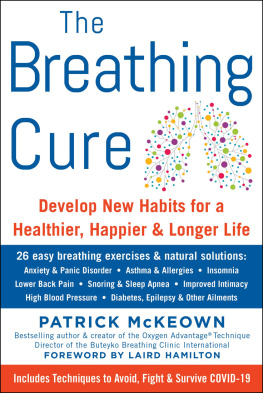

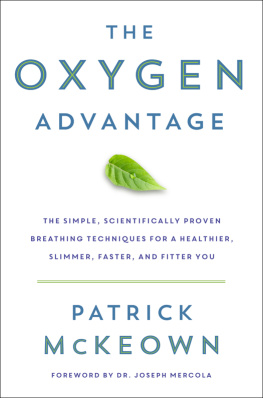
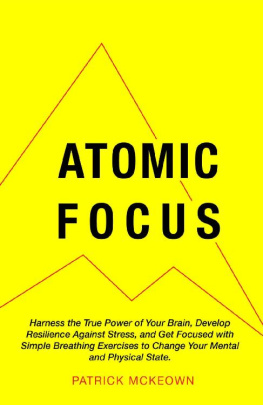


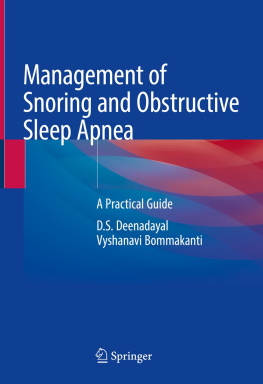
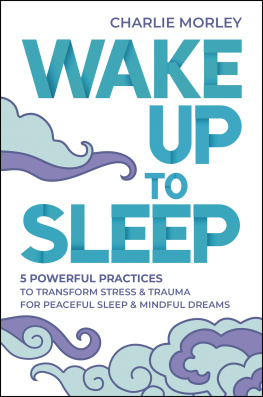

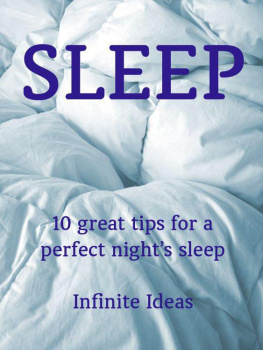
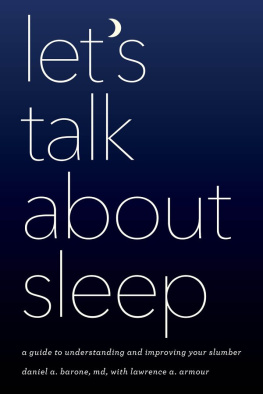


 isten to the breathing of someone who is snoring and you will find it to be noisy; those who snore draw in large breaths of air while they sleep, and often breathe through the mouth. If the person has obstructive sleep apnea, you may hear a snore followed by complete silence as they stop breathing for a period of up to one minute or sometimes more. Upon the resumption of breathing, large gasps of air are then taken into the lungs. For someone with sleep apnea, this cycle continues all night long; snoring, long pauses in breathing, and intense gasping.
isten to the breathing of someone who is snoring and you will find it to be noisy; those who snore draw in large breaths of air while they sleep, and often breathe through the mouth. If the person has obstructive sleep apnea, you may hear a snore followed by complete silence as they stop breathing for a period of up to one minute or sometimes more. Upon the resumption of breathing, large gasps of air are then taken into the lungs. For someone with sleep apnea, this cycle continues all night long; snoring, long pauses in breathing, and intense gasping.